Tag: pulmonary embolism
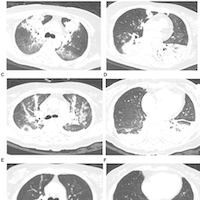
Omadacycline Treatment of Severe Pneumonia Complicated with ARDS During COVID-19
Metagenomic next-generation sequencing (mNGS) has a significant value in the diagnosis of Chlamydia psittaci infection. Timely treatment of omadacycline can improve prognosis and provide a promising new option for the treatment... read more

TXA Should be Urgently and Broadly Adopted for Brain Bleeds
Everything looked better with tranexamic acid (TXA), and none of it was statistically significant. True, in a subgroup analysis of patients who actually had a head bleed on imaging—which, gee whiz, seems like an important... read more
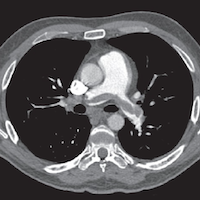
Beware the Painless Pulmonary Embolism
Many EPs know that myocardial infarction can be painless in about 20 percent of cases but are unaware that the same is true of pulmonary embolism. Many conditions, in fact, that are typically quite painful are actually... read more
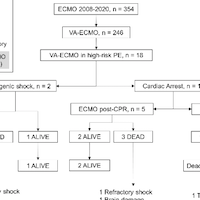
VA-ECMO in High-Risk Pulmonary Embolism
High-risk Pulmonary Embolism (PE) has an ominous prognosis and requires emergent reperfusion therapy, primarily systemic thrombolysis (ST). In deteriorating patients or with contraindications to ST, Veno-Arterial Extracorporeal... read more
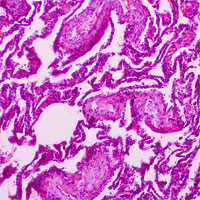
Coronary Sinus Value During CTPA for Predicting Pulmonary Hypertension in Patients with Acute Pulmonary Embolism
The coronary sinus ostium area (CSOA) and coronary sinus ostium diameter (CSOD) demonstrated a good ability to predict PH. However, the CSOA exhibited a better performance for predicting development of PASP >30 mmHg. CSOA... read more
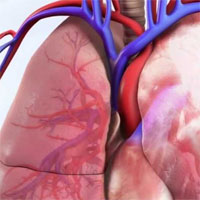
Thrombotic and Bleeding Complications During Antithrombotic Treatment
Remarkable progress has been made in the pharmacological management of patients with cardiovascular disease, including the frequent use of antithrombotic agents. Nonetheless, bleeding complications remain frequent and potentially... read more
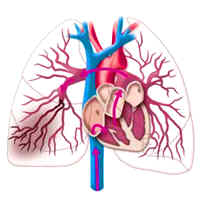
Temporal Trends in the Use of Computed Tomographic Pulmonary Angiography for Suspected Pulmonary Embolism
Despite the recent validation of clinical decision rules to limit the use of computed tomographic pulmonary angiography (CTPA), an increase in the CTPA rate along with more diagnosed pulmonary embolism (PE) and especially... read more
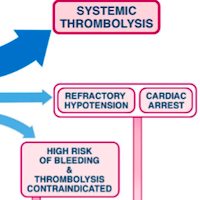
High-risk Pulmonary Embolism in the ICU
According to the European guidelines, high-risk pulmonary embolism (PE) is defined as PE associated with hemodynamic instability, including sustained hypotension, cardiogenic shock and/or cardiac arrest. High-risk PE... read more

Making Sense of Lung Function Tests
Respiratory problems are the most common cause of acute admission to hospital. A variety of diagnostic investigations are required, both for acute and clinic assessment. Making Sense of Lung Function Tests, Second Edition... read more
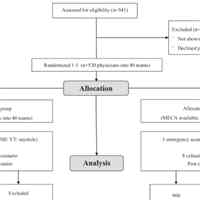
MECA in Medical Emergency Situations Significantly Reduced Failure Rates
In our simulation, the use of medical emergency cognitive aid (MECA) in medical emergency situations significantly reduced failure rates. The use of MECA was widely accepted, and MECA were easy to use. In a high percentage,... read more

Tranexamic Acid in Gastrointestinal Bleeding
Extended-use high-dose IV tranexamic acid does not improve mortality or bleeding outcomes and increases adverse events. Low-dose/enteral tranexamic acid may be effective in reducing hemorrhage; more evidence is required to... read more

Risk of Serious Blood Clots Up To 6 Months After COVID-19
A study from Sweden finds an increased risk of deep vein thrombosis (a blood clot in the leg) up to three months after COVID-19 infection, pulmonary embolism (a blood clot in the lung) up to six months, and a bleeding event... read more
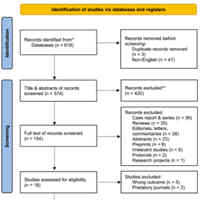
Post COVID-19 Pulmonary Fibrosis
Pulmonary fibrosis is a frequently reported COVID-19 sequela in which the exact prevalence and risk factors are yet to be established. This meta-analysis aims to investigate the prevalence of post-COVID-19 pulmonary fibrosis... read more

Deconstructing the Way We Use Pulmonary Function Test Race-Based Adjustments
Race is a social construct. It is used in medical diagnostic algorithms to adjust the readout for spirometry and other diagnostic tests. The authors review historic evidence about the origins of race adjustment in spirometry,... read more




